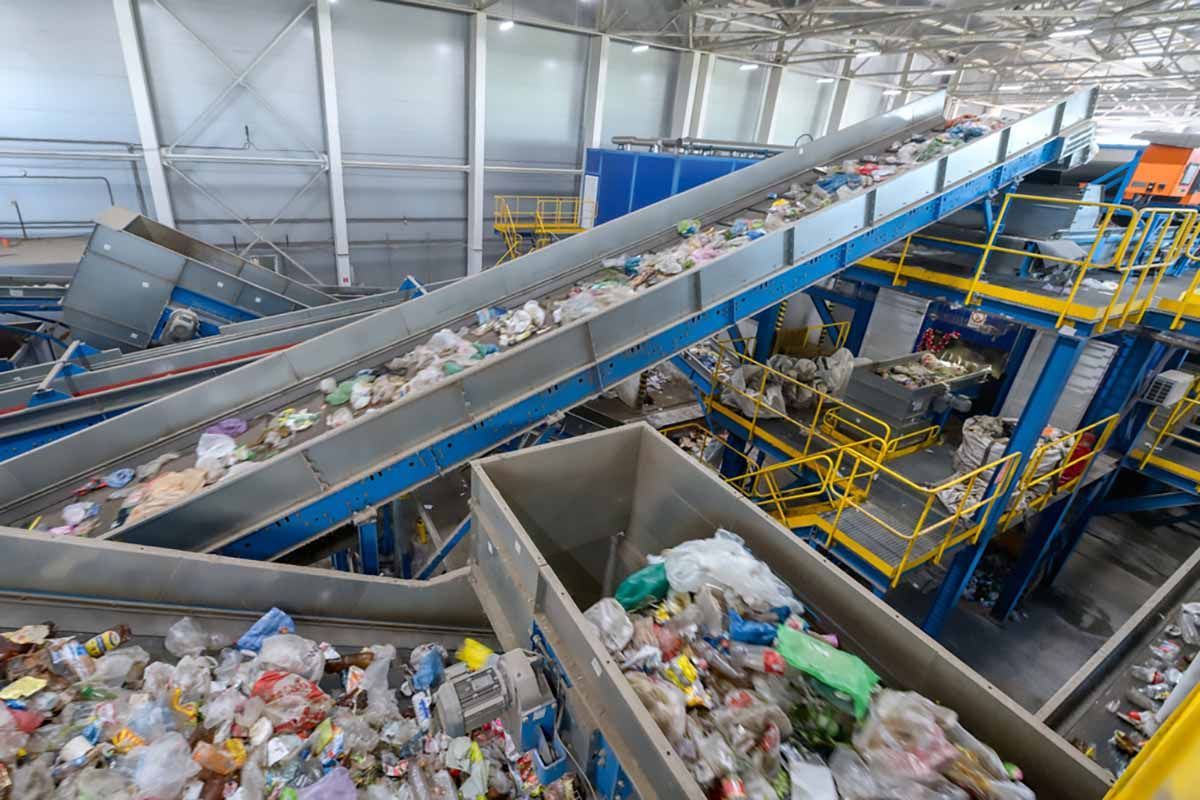MassRecycle
We are pleased to welcome MassRecycle as a new Sustaining Advisory Member to Northeast Recycling Council
Practically any visitor to NERC’s website will already be aware of the swirling controversies around the success of recycling, in particular plastics recycling. A 2022 report from Greenpeace, further elevated by mainstream media such as NPR, argued that “no plastic — not even soda bottles, one of the most prolific items thrown into recycling bins — meets the threshold to be called ‘recyclable’ according to standards set by the Ellen MacArthur Foundation New Plastics Economy Initiative.”
Among those pushing back against Greenpeace’s conclusions was new NERC Supporting Advisory Member MassRecycle, which describes itself as “a pragmatic, statewide non-profit coalition of individuals, municipalities, the waste industry, and other organizations dedicated to improving recycling, organics diversion, and sustainable materials management in the Commonwealth of Massachusetts.”
In a rebuttal to NPR’s article, authored by MassRecycle’s President Gretchen Carey, she states, “In Massachusetts, approximately 75-85% of the material in the bin is recycled and given a second life as new products.” “Recycling is real,” Carey continued. “MassRecycle offers facility tours to the public, including tours of Material Recovery Facilities where recycling is processed, so you can see this for yourself… we ask that all media talk to the recycling industry, or any organization like MassRecycle that intimately understands recycling, and ask how to make the system better.”
Since 2021, MassRecycle has hosted tours of local materials recovery facilities (MRF). This vital resource brings the public into the faculties that process their waste and recycling. There is no greater proof that recycling is real than seeing It with your own eyes. They also produce the MassRecycle Podcast, to share the inside stories of solid waste management with a wider audience.
MassRecycle works through connection, education, and advocacy to improve recycling in Massachusetts:
- assembling a coalition of stakeholders- private, public, non-profit and non-government organizations –to provide pragmatic solutions to a wide range of issues on waste reduction and recycling.
- producing tours, podcasts, social media content, speaking at schools and events, and releasing statements that combat misinformation.
- via its Product Stewardship Council, advocating for legislation and policies that improve the sustainable materials management industry.
MassPSC focuses on supporting well-written EPR legislation and policies at the state level, and promoting EPR through education and collaboration. This year MassPSC will be hosting a session on EPR at WASTECON 2023 in collaboration with SWANA NE.
NERC welcomes MassRecycle to its growing team of Advisory Members. We look forward to working with the organization to improve recycling practices and legislation at the state and local levels.
For more information about MassRecycle click
here
Share Post





